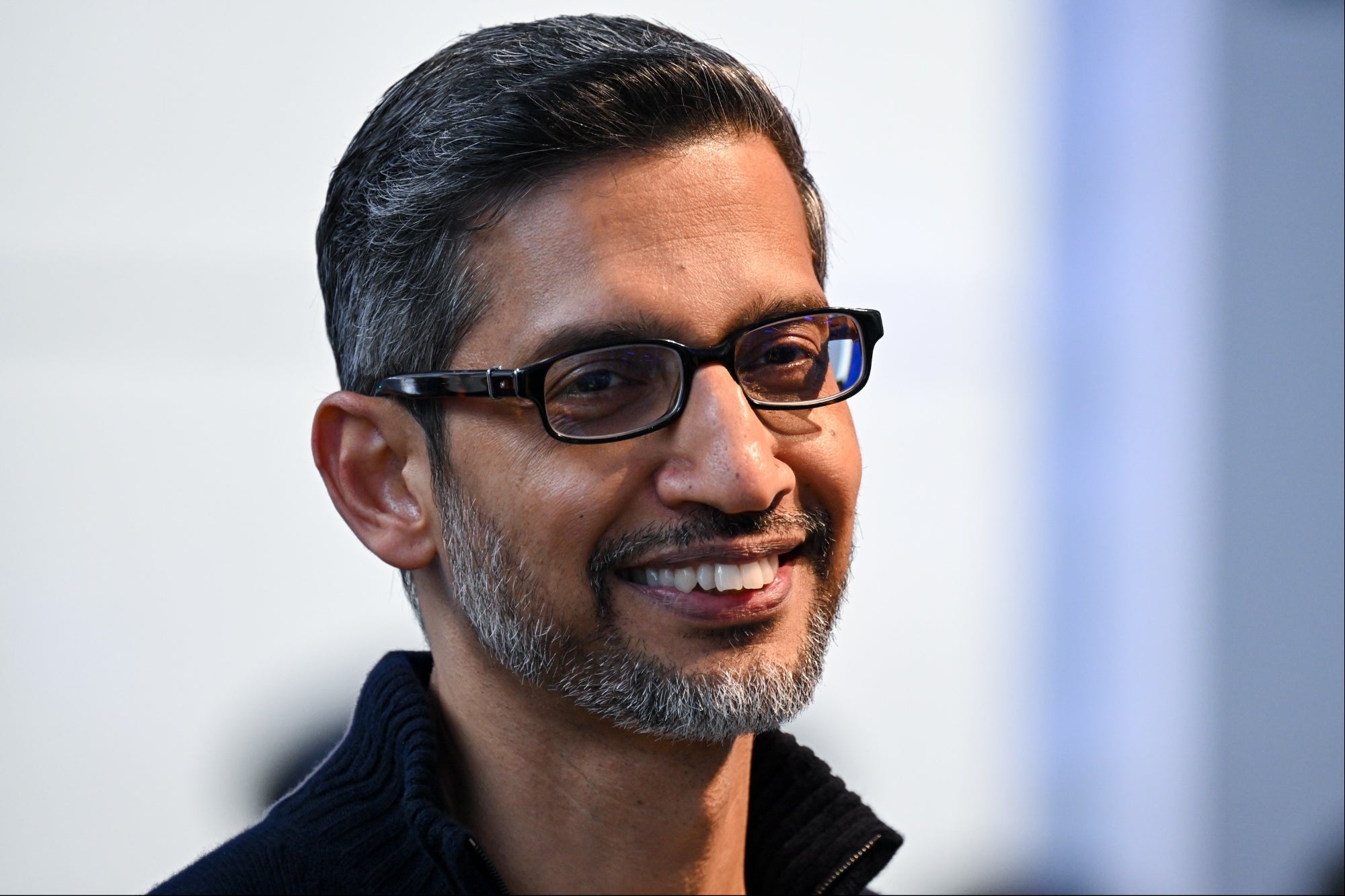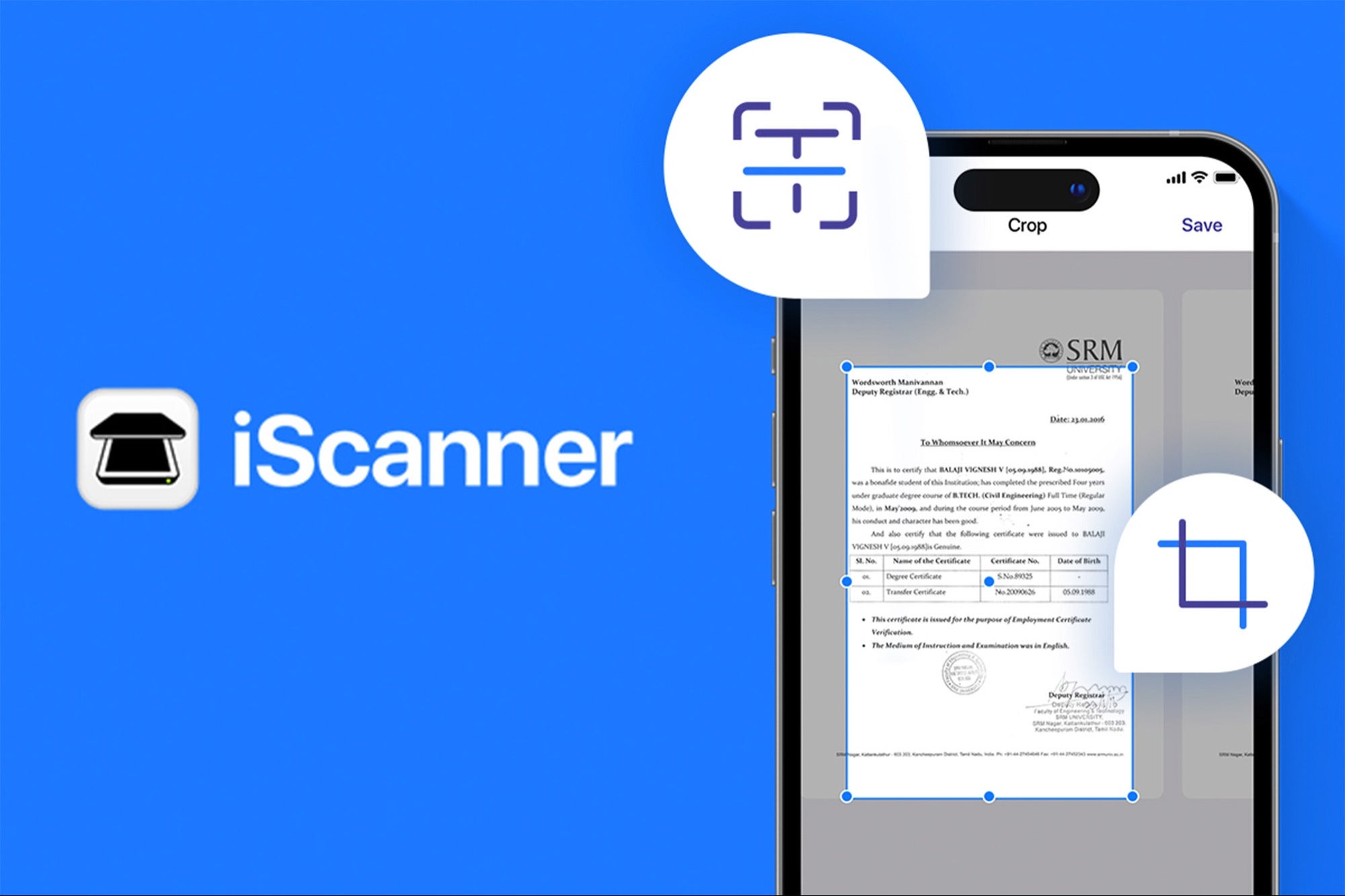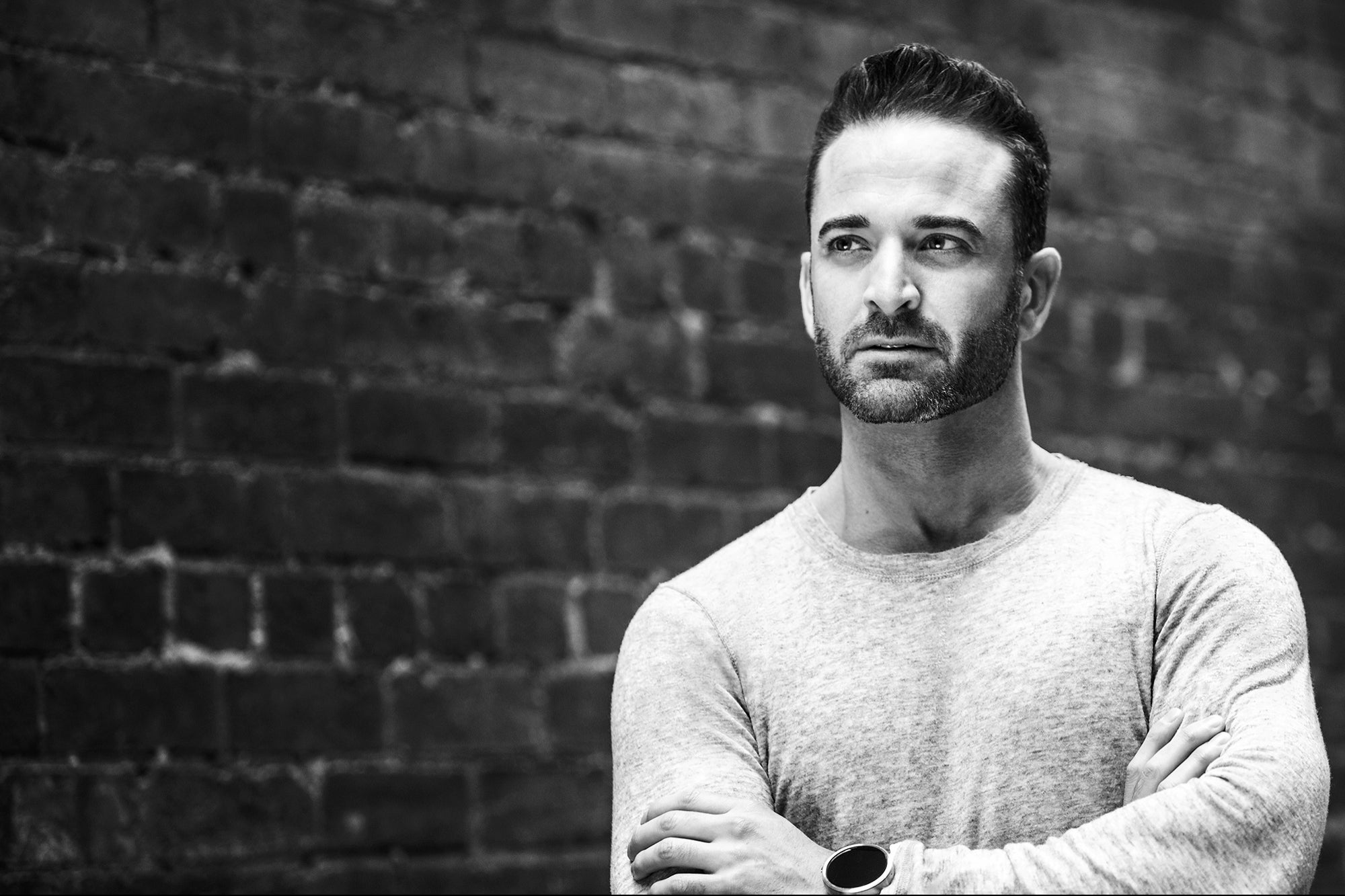Opinions expressed by Entrepreneur contributors are their own.
In today’s hyper-competitive marketplace, thought leadership has evolved from a marketing buzzword into a strategic business imperative. It’s no longer enough to merely join the conversation — lasting advantage belongs to those who shape it.
My company’s recent study of 1,000 thought leadership professionals (conducted March–April 2025) found that 97% of organizations report measurable business outcomes from their thought leadership efforts. These include accelerated revenue growth, stronger customer retention, and improved partnership opportunities.
And yet, after two decades of guiding organizations through thought leadership transformations, I’ve seen the same pattern repeat: most companies don’t struggle with understanding the value of thought leadership —they struggle with operationalizing it.
To bridge that gap, I developed what I call the thought leadership formula: Thought leadership is the result of combining customer-driven content, research-based insights and brand authority.
Let’s break down how these components work together to create lasting market influence — and how your organization can implement them.
Related: Own Your Expertise — 13 Ways to Elevate Your Thought Leadership
Customer-driven content: Begin with their reality, not yours
The most impactful thought leadership doesn’t come from internal brainstorming sessions — it starts by understanding your audience’s reality.
Too often, organizations produce content they want to share, rather than content their audience actually needs. This results in tone-deaf messaging and missed opportunities for relevance.
According to our research, 44% of organizations that conduct proprietary research cite customer feedback as a top source of insight. That’s no coincidence. The most resonant thought leadership is built on direct, ongoing feedback loops with the audience.
To build customer-driven content, consider these best practices:
- Ask before you assume. Establish feedback channels — advisory boards, surveys and interviews — to uncover pain points that aren’t always voiced.
- Mine behavioral data. Your CRM, support logs and web analytics already contain signals about shifting priorities and persistent friction.
- Study the ecosystem. Look beyond your customers to understand how industry dynamics and competitive pressures are reshaping their expectations.
This audience-first mindset ensures your thought leadership addresses real-world problems, not hypothetical ones.
Research-based insights: The originality imperative
In an era of content overload, originality is no longer optional — it’s the price of admission.
The second element of the formula — research-based insights — is what sets real thought leadership apart from recycled commentary. Our data shows 78% of high-performing thought leadership programs conduct proprietary research, and they cite it as the #1 driver of differentiation.
This doesn’t require a large budget or an in-house research team. Successful organizations use lean, focused methods like:
- Targeted surveys. A short, well-crafted survey can expose critical perception gaps and spark bold points of view.
- Competitive insight audits. Analyze how competitors frame key issues to uncover white space your brand can claim.
- Mixed-method research. Combine qualitative interviews with quantitative surveys for a 360-degree view of complex topics.
The goal isn’t just to collect data — it’s to surface insight. True thought leadership reframes the conversation by challenging assumptions, not just echoing them.
Brand authority: Activate across channels with intent
The final component of the formula is brand authority — the strategic distribution of your insights across platforms, formats and functions.
Without activation, even the most compelling insight will go unheard. Our research found that organizations produce an average of 43 thought leadership assets per year, but only a fraction are used to their full potential. The best programs orchestrate their content intentionally across multiple touchpoints.
To maximize authority through activation:
- Match format to purpose. Use long-form reports to establish authority, short videos to drive reach, and opinion pieces to elevate your voice on urgent topics.
- Orchestrate, don’t scatter. Build multi-channel campaigns where each asset reinforces the core insight while fitting the format of the platform.
- Focus on repeatable systems. Nearly 70% of effective thought leadership teams operate with five or fewer people. Consistency comes from workflow, not headcount.
The goal is not to be everywhere. It’s to consistently show up where it matters most, with content that delivers value and builds trust.
Related: 5 Effective Ways to Establish Yourself as a Thought Leader
The execution gap: Turning a formula into impact
The formula is simple, but its success depends on intentional execution. To operationalize thought leadership as a strategic function, organizations must address three key areas:
- Define your purpose. Go beyond general awareness. What strategic shift are you trying to drive? Do you want to reposition in a new category? Influence buying criteria? Attract executive-level talent?
- Align the operating model. Thought leadership cannot be treated as a side project. Small, focused teams with clear ownership consistently outperform fragmented efforts.
- Elevate it from marketing to business strategy. The most effective organizations treat thought leadership as a core business function — on par with product, sales, and brand — not just a marketing output.
Final thought: Expertise is not enough — it’s how you use it
The market doesn’t reward noise — it rewards clarity, consistency and contribution. The organizations that lead markets aren’t necessarily the loudest or the biggest. They’re the ones offering the most meaningful insights.
By implementing the thought leadership formula: customer-driven content plus research-based insights plus brand authority, you move from passive commentary to market-shaping influence.
And in this attention economy, that’s a competitive edge no brand can afford to ignore.
In today’s hyper-competitive marketplace, thought leadership has evolved from a marketing buzzword into a strategic business imperative. It’s no longer enough to merely join the conversation — lasting advantage belongs to those who shape it.
My company’s recent study of 1,000 thought leadership professionals (conducted March–April 2025) found that 97% of organizations report measurable business outcomes from their thought leadership efforts. These include accelerated revenue growth, stronger customer retention, and improved partnership opportunities.
And yet, after two decades of guiding organizations through thought leadership transformations, I’ve seen the same pattern repeat: most companies don’t struggle with understanding the value of thought leadership —they struggle with operationalizing it.
The rest of this article is locked.
Join Entrepreneur+ today for access.








